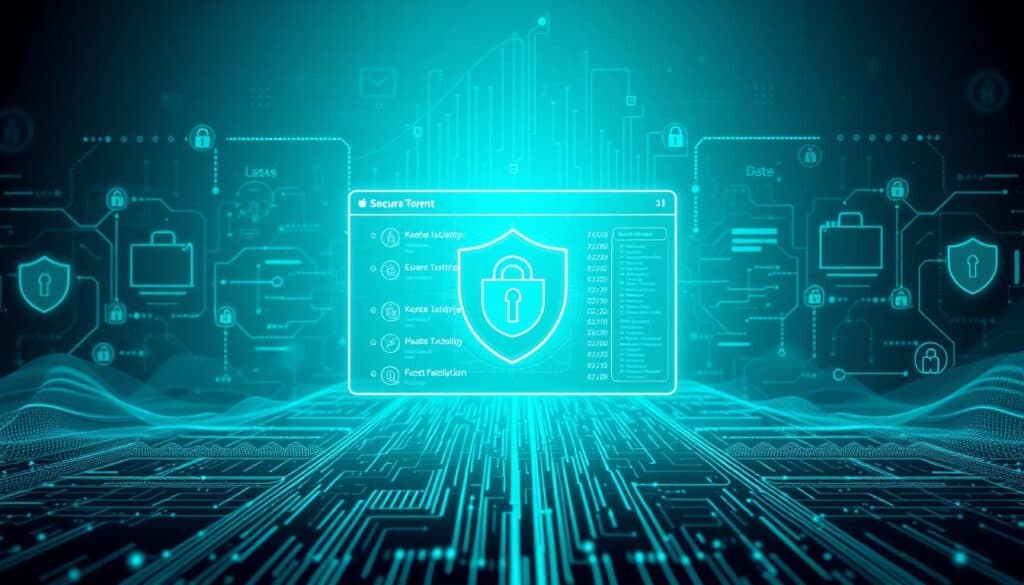Collecting Addresses Through a Address Collection Site
Addresses can be a long and daunting task during the COVID outbreak. Whether you're collecting for a wedding, event, or holiday card, having a centralized list of addresses will make the process much less stressful!
Create a website using your own URL. Share this URL with your family and friends to allow them to provide you with their addresses as well as birthday information, telephone numbers, etc. Your new website will store all of this info for you, without any cost, limitation or hassle.
Collecting addresses
The process of obtaining addresses for weddings is vital. It can be accomplished in a variety of ways, both digitally as well as traditional. A website is the most efficient way to gather and compile addresses. These websites are simple to use and you can share them with your friends and family to allow them to submit their data online. You can then download all the information as an Excel spreadsheet or CSV file at anytime. These sites are generally free to use and never sell your address details or store it in a database.
Mailbook is among the most popular alternatives for invitations that are digital. The site allows couples to collect and compile all the details they require to design their invitations. After signing up for a free account you will receive a unique link that can be shared by text message, Facebook or email. The link will ask users to enter their address and then save it in your personal contact list. The service also provides many other features that make it a great choice for any couple looking to streamline their wedding planning process.
Another option for collecting and organizing addresses is an application that can be used on a smartphone or tablet. These apps are a great method to keep in mind the names and addresses of your loved ones and can be used to make customized envelopes and labels to mail invitations or thank you cards. These apps are generally free to download and have a variety of features that can be beneficial to plan your wedding.
There are a myriad of ways to collect addresses for a wedding, and combining digital and manual methods is usually the best way to ensure that all of your guests receive invitations. In addition to making the process more efficient, having a centralized list of addresses can also help you to communicate with your wedding vendors and cross off other items on your wish list.
Mobile Apps
Every mobile phone has an address book application. It is commonly referred to as "Contacts." These apps include additional tools to help you manage your personal information. 링크모음 offer the ability to backup and sync which let you transfer information about your contacts and content between devices. Some have unique features, like a social compass which alerts friends of one another's presence or an identification service for callers that allows users to exchange contact information in a single click.
CircleBack (Free/iOS) integrates new information from social media to remove duplicate entries and improve the information on contacts. The app also detects missing information, like job titles, and also alerts when an account has been updated on another device.
Stat Trak Address Book (FreeStat Trak Address Book (Free Windows) is a simple software application for storing contact information and printing addresses books and labels. Its customizable features permit you to save additional information as notes and organize data into categories. The software lets you remember contacts by their first or last name. It also sends reminders for birthdays that are coming up. It can also analyze data and create detailed reports, reducing time by automating specific tasks. The software has a variety of printing options for envelopes and address labels, including a template feature to design your own designs.
Manual Methods
Addresses are an essential element of information that is used for administrative purposes, emergency response research and development and mapping, GIS, and routing and navigation. Addresses are collected by a variety of local authorities and are stored in a variety of databases and records. They can be used for different purposes. The various formats and types present unique challenges to the integration of these important files into central databases. Software programs can help parse and standardize this information, cleaning up duplicates and inaccurate entries and ensuring that the information is complete and accurate.
These programs use algorithms that rely on complicated databases and structures such as GeoPostcodes to verify the accuracy and reliability of data. The data is then integrated into the CSDGM to form a single file. The program is able to check and check the file against authoritative databases to verify that the information is correct and up-to-date.
Although these programs can offer valuable functionality however, they can be costly to install and maintain. These programs are difficult to use or implement in large companies or by the general public. In addition, they may be vulnerable to errors and bugs which could lead to inconsistent or incomplete address data.
There are a few standards that support address-related data, including the Content Standard for Digital Geospatial Metadata(CSDGM), OpenGIS Simple Features Specification For SQL Revision 1.1 and the Geographic Information Data Model(OGDM). The OGC has a variety of other standards that are more specifically focused on address data, but they do not consider quality information or reporting.
The OGC has developed three standards: ISO 19113, 19114, SDTS. These standards are focused more on describing and transferring address-related data. These standards include content testing for the different uses of this type of metadata and methods for evaluating the quality of the data.

A database is the most common way to collect and store address information. It can be as easy as a spreadsheet or as complex as tables and data structures. It is a very flexible and widely-used tool however it can be difficult to set up and manage, particularly in large companies with many users.
